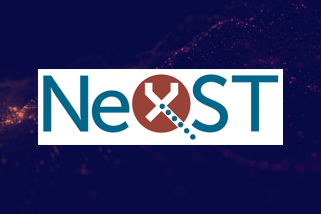
LuxQuanta
"Optical and quantum communication technologies for cyber security. ThinkQuantum covers the full value chain, from designing and manufacturing to commissioning, of quantum key distribution systems and quantum random numbers generation devices. Its technology applies to different fields and applications, from fibre-based networks, to free-space, to SatCom."

ThinkQuantum is a leading company in the quantum communication landscape. Born as a spin-off of the University of Padua, ThinkQuantum is now an established firm offering complete solutions for cybersecurity and communication systems to both private corporations and government bodies worldwide.
ThinkQuantum covers the full value chain, from designing and manufacturing to commissioning, of quantum key distribution systems and quantum random number generation devices. On one side, QUKY, the Quantum Key Distribution Platform, provides BB84-based quantum-safe cryptographic keys with high quality in terms of security (QRN2Qubit direct stream), robustness, and reliability. The QKD platform includes the transmitter QUKY-TX (Alice) and the receiver QUKY-RX (Bob).
On the other side, THIKE, the source of true quantum randomness, provides the most secure random numbers based on Heisenberg’s uncertainty principle. At the core of the device, a true random entropy source enables an ultra-fast stream of random numbers.
ThinkQuantum's technology applies to different fields and applications, from fibre-based networks to free-space and SatCom.
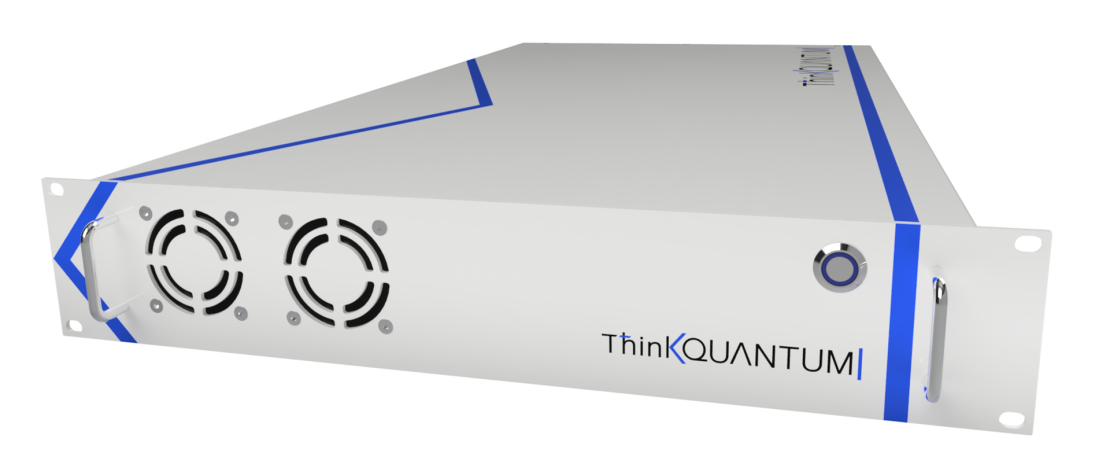
Products and Services
ThinkQuantum offers true Quantum Random Number Generator (QRNG) and Quantum Key Distribution (QKD) solutions covering various fields and applications, from fibre-based networks to free-space and SatCom.
QUKY, the Quantum Key Distribution Platform, provides BB84-based quantum-safe cryptographic keys with high quality in terms of security (QRN2Qubit direct stream), robustness, and reliability.
THIKE, the source of true quantum randomness, provides the most secure random numbers based on Heisenberg’s uncertainty principle. At the core of the device, a true random entropy source enables an ultra-fast stream of random numbers.
Fibre-based QKD
Optical fibres represent the backbone of our modern communication systems with ubiquitous use from data centre interconnecting to long haul links. ThinkQuantum has developed QKD systems that reduce the resources required for deployment, simplifying the integration of the system with pre-existing fibre communication networks. Furthermore, ThinkQuantum uses patented state-of-the-art schemes that guarantee record performances in terms of source-intrinsic quantum bit error rate and temporal stability.
Free-space QKD
Free-space quantum communication allows for a point-to-point link between two locations without the need for an optical fibre. This is the best solution for locations not reached by the fibre infrastructure. It is also the only solution for communication with moving platforms such as drones, high-altitude platforms, aircraft, and ships. ThinkQuantum develops and deploys free-space quantum communication terminals that guarantee full-day operation and can be used for one-way or two-way quantum communication, connecting two optical fibres over the air. This approach avoids trusted nodes among peers, allowing compatibility with standard telecom quantum communication devices.
Satellite Quantum Communication
Long-distance quantum communication requires overcoming the unavoidable losses of fibre-based implementations, limited to a few hundred kilometres. The most effective way to extend quantum communication and QKD to the global scale is to use satellites and ground stations exchanging single photons. Space quantum communication requires the capability to design and develop both the optical and quantum communication payloads on the satellite side, as well as the competence to realise dedicated telescopes coupled to the quantum hardware on the ground. ThinkQuantum, along with its partners, can effectively tackle the complexity of this new space technology.
Team
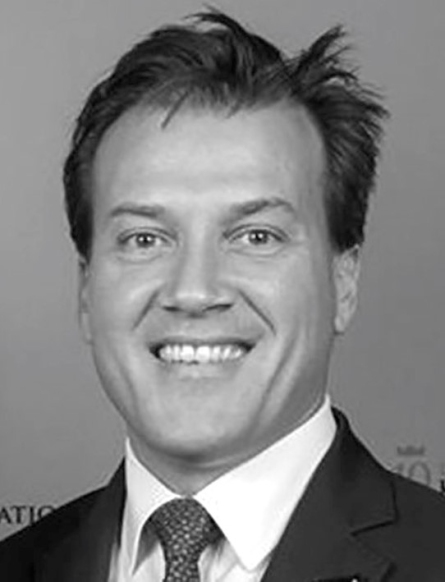
Simone Capeleto
Co-founder and CEO of Think Quantum, Simone has a background in opto-electronics (TLC engineer with a Ph.D. in Space Science & Technology). He has developed expertise in management and economics and has managed international projects in the areas of technology, product development, strategy, company transformation, and M&A. Throughout his career, Simone has held diverse executive roles, from R&D and project management to CEO positions in companies within the OSRAM group.
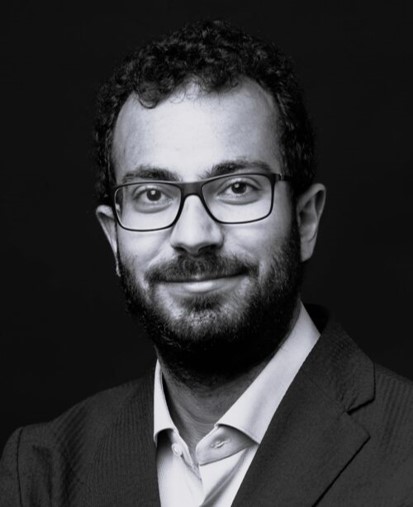
Marco Avesani
Co-founder, Scientist & Product Developer, Marco earned his master’s degree in Physics in 2015 and a Ph.D. degree in Information Engineering (supervised by Prof. Giuseppe Vallone) with a thesis entitled “Practical and secure quantum randomness generation and communication.” In 2016, he worked as a research student at Stockholm University. His research activities include Quantum Random Number Generation and Quantum Communication, with a particular focus on the study and design of optical, electro-optical, and mechanical systems. Since 2020, he has been a Post-Doc researcher at the Department of Information Engineering at the University of Padova.
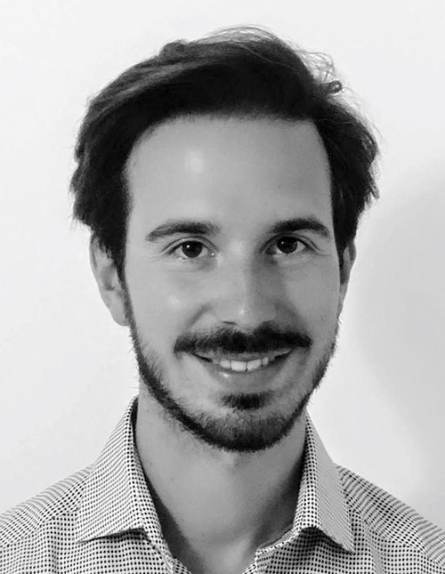
Luca Calderaro
Co-founder and System Architect, Luca obtained his master’s degree in Physics in 2015 and a Ph.D. degree in Space Science and Technology (supervised by Prof. Paolo Villoresi) in 2019 with a thesis entitled “Experimental Quantum Communication with GNSS Satellites.” His research interests include Satellite Quantum Communication, and he has been involved in several experiments in collaboration with the Italian Space Agency at the Matera Laser Ranging Observatory. From 2018 to 2021, Luca was a Post-Doc researcher at the Department of Information Engineering at the University of Padua.
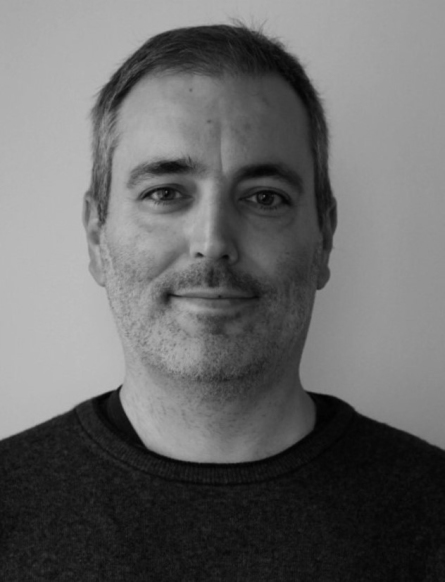
Marco Lamonato
Business Developer and Strategic Projects Manager, Marco has an engineering background, graduating from the University of Padua with a thesis on laser optics. He later added an education in economics and finance, earning an MBA from the University of Iowa. His professional journey started in the technical field as an optics designer and software developer, progressing to project management roles, and eventually taking on business duties. His experience ranges from founding startups to managing roles in large corporations.

